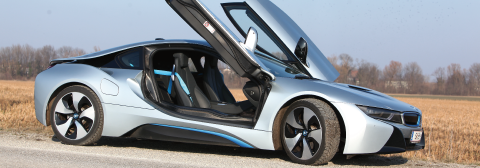INVENTIONS: MOBILITY

Mobility for everyone
Half a horsepower and a top speed of 12 kilometres per hour – the first motorbike was not for boy racers. It was 1885 when Wilhelm Maybach and Gottlieb Daimler patented their “Reitwagen” (riding car), but it remained a one-off. The first mass-produced models did not catch on either: they were too expensive and too technically fragile.
The boom only came after the Second World War. Mopeds were top of the wish list at that time, as everyone was allowed to ride them – no license required. One of the most popular models was the Quickly, developed by engineers at the NSU Works in Neckarsulm. Hundreds of thousands of them were on Germany’s roads back then – they weren’t fast but they were reliable. The top speed was 40 kilometres per hour. The slogan was “Nicht mehr laufen, Quickly kaufen” (Instead of walking, buy a Quickly).
The boom only came after the Second World War. Mopeds were top of the wish list at that time, as everyone was allowed to ride them – no license required. One of the most popular models was the Quickly, developed by engineers at the NSU Works in Neckarsulm. Hundreds of thousands of them were on Germany’s roads back then – they weren’t fast but they were reliable. The top speed was 40 kilometres per hour. The slogan was “Nicht mehr laufen, Quickly kaufen” (Instead of walking, buy a Quickly).
 Every young man in Germany dreamed of a moped in the 1950s
Every young man in Germany dreamed of a moped in the 1950s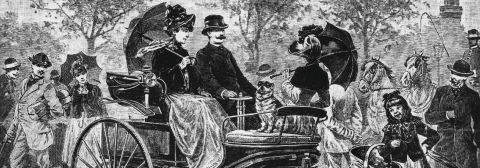
Germany: a nation of cars
The first car ran on three wheels. The patented motor car Number 1 registered by Carl Benz in 1886 had an internal combustion engine, making it the forefather of all petrol-engined vehicles. A woman was the first person to undertake a long journey in it: at the beginning of August 1888 Bertha Benz drove from Mannheim to Pforzheim and back.
Although met with initial scepticism the car became a popular status symbol by the start of the 20th century. Demand increased with the German economic miracle in the 1950s and 60s – the VW Beetle alone was built more than 21 million times. German car manufacturers are still amongst the most successful in the world. Electric and hybrid cars are being produced increasingly as well – this is the technology of the future.
Although met with initial scepticism the car became a popular status symbol by the start of the 20th century. Demand increased with the German economic miracle in the 1950s and 60s – the VW Beetle alone was built more than 21 million times. German car manufacturers are still amongst the most successful in the world. Electric and hybrid cars are being produced increasingly as well – this is the technology of the future.
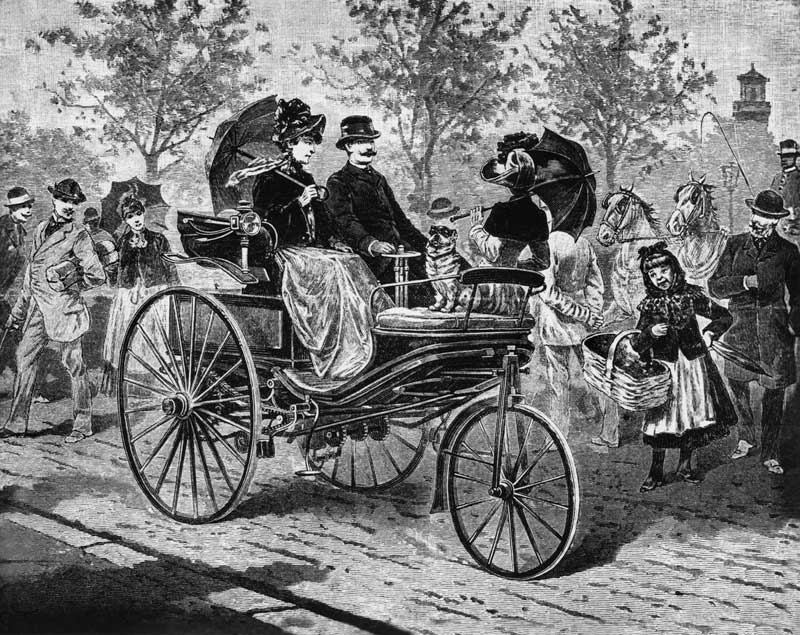 A journey in the Benz patented Motor Car Number 1, 1888
A journey in the Benz patented Motor Car Number 1, 1888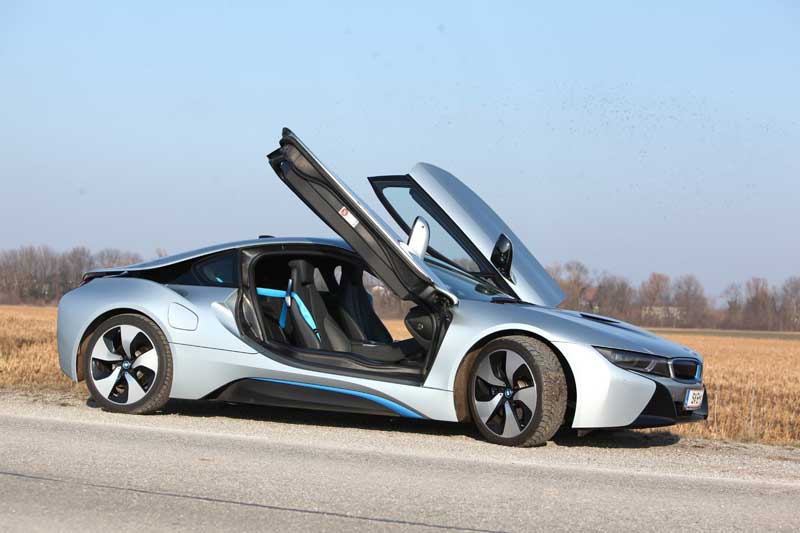 The BMW i8 – a plug-in hybrid – stands for modern propulsion concepts, even in sports cars
The BMW i8 – a plug-in hybrid – stands for modern propulsion concepts, even in sports cars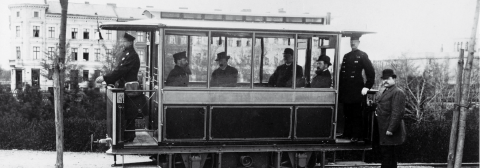
On the rails
The first trams were pulled by horses. Werner von Siemens converted such a horse-drawn wagon to create the first electric tram. It was powered by an engine with 10 HP. The power was picked up through the wheels. That is not without hazard for the other road users – which is why modern trams take their current from overhead cables.
Many of the trams disappeared as the car surged in popularity. But times are changing: many cities are now reverting back to this environmentally friendly mode of transport.
Many of the trams disappeared as the car surged in popularity. But times are changing: many cities are now reverting back to this environmentally friendly mode of transport.
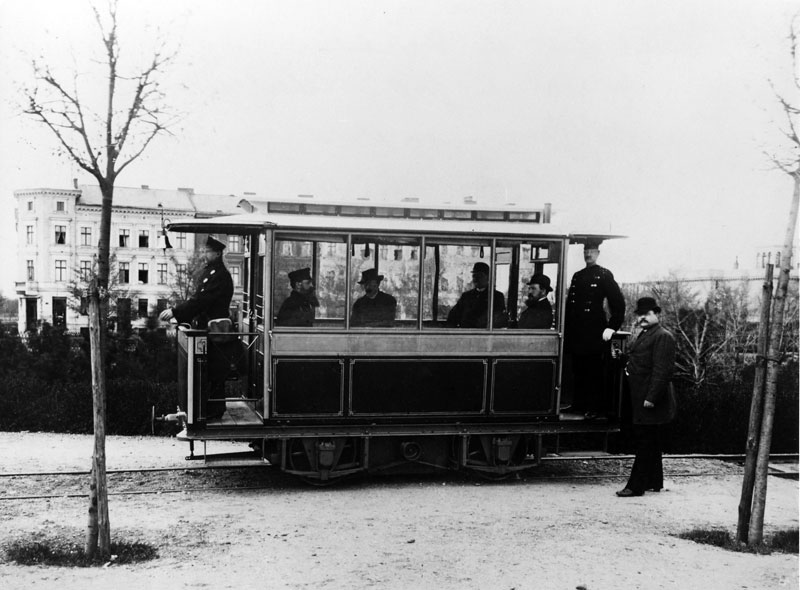 The first electric tram was operating in the Berlin suburb of Lichterfelde in 1881
The first electric tram was operating in the Berlin suburb of Lichterfelde in 1881
The practical alternative
Diesel engines are considered robust, durable and efficient the world over. The first experimental machine built by Rudolf Christian Diesel in 1893, was none of those. But it was real innovation: the newly developed engine consisted of only one cylinder in which compressed air is mixed with fuel. The mixture heats up because of the compression and burns without external ignition.
It took Diesel four years to convert the prototype into a functioning engine. It was worth the effort. Diesel engines conquered the world – as reliable propulsion methods for cars, trucks, buses and ships.
It took Diesel four years to convert the prototype into a functioning engine. It was worth the effort. Diesel engines conquered the world – as reliable propulsion methods for cars, trucks, buses and ships.
 Most trucks in the world have a diesel engine
Most trucks in the world have a diesel engine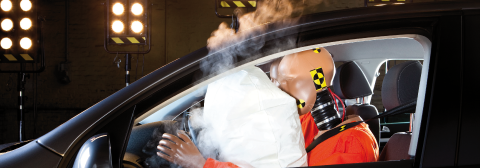
Air to save lives
In 1951 the inventor Walter Linderer from Munich registered a patent for the airbag: it was a “container in a folded state that automatically inflates in the event of danger”. But it was not until the 1960s, when road traffic accident figures began to rise sharply, that the technical implementation began. However, that turned out to be harder than anticipated. Financially the airbag was more of a flop at first too.
But safety prevailed: the first German car with an airbag fitted as standard was an S-Class Mercedes in 1981. These days modern cars are fitted with several airbags.
But safety prevailed: the first German car with an airbag fitted as standard was an S-Class Mercedes in 1981. These days modern cars are fitted with several airbags.
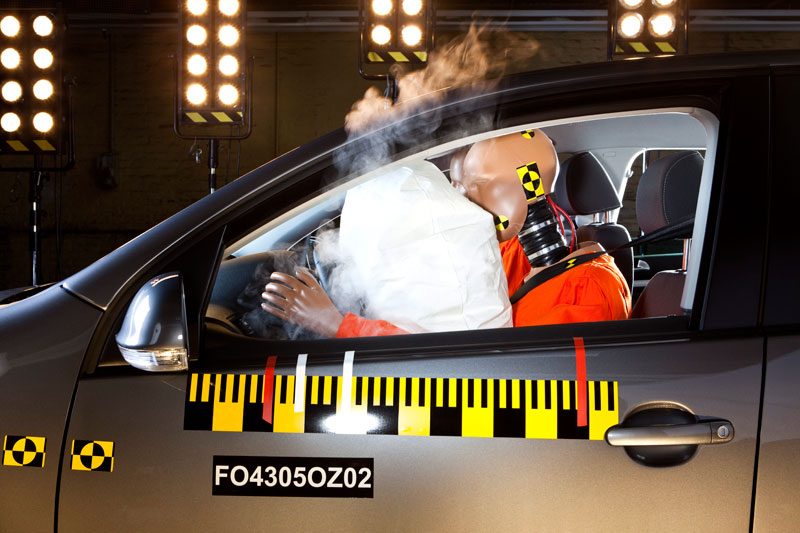 The crash-test shows that the airbag increases the safety of the passengers in the car
The crash-test shows that the airbag increases the safety of the passengers in the car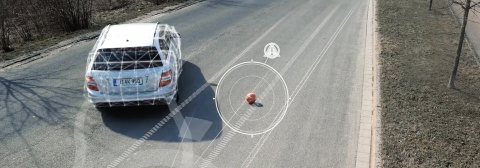
Thinking cars
Black ice, aquaplaning, an unexpected traffic jam, pedestrians in the road: the roads are full of hazards. A person judges the situation intuitively and reacts – but often not fast enough.
To make car driving safer, German car manufacturers are working together with scientists to develop driver assistance systems. These use tools such as radar, video and ultrasound to generate an image of the environment. The on-board computer then evaluates the data, warns the driver or activates the emergency brake and ABS. Not only does this help to prevent accidents, it also provides the technical basis to support fully automated driving in the future.
To make car driving safer, German car manufacturers are working together with scientists to develop driver assistance systems. These use tools such as radar, video and ultrasound to generate an image of the environment. The on-board computer then evaluates the data, warns the driver or activates the emergency brake and ABS. Not only does this help to prevent accidents, it also provides the technical basis to support fully automated driving in the future.
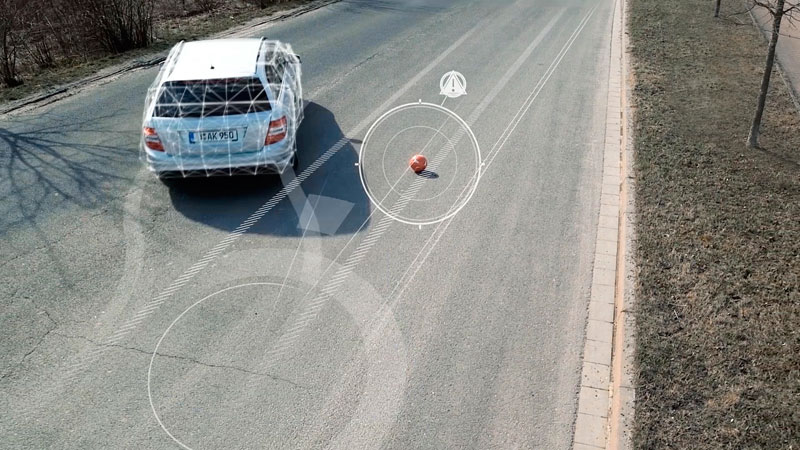 A ball on the carriageway – the car reacts intelligently and takes evasive action
A ball on the carriageway – the car reacts intelligently and takes evasive action



